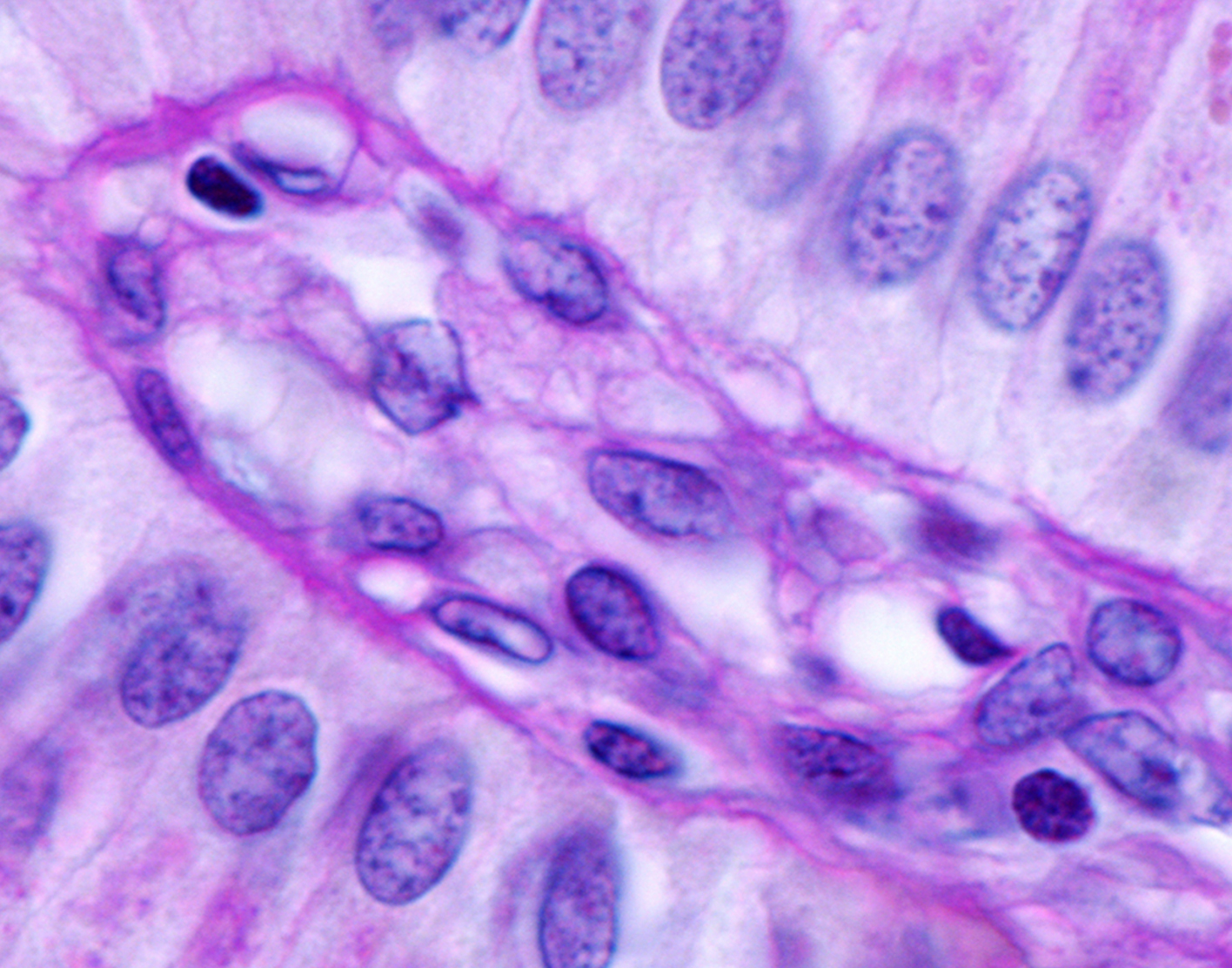
Bile culture
Definition
Bile culture is a laboratory test to detect disease-causing germs (bacteria, viruses, or fungi) in the biliary system.
Alternative Names
Culture - bile
How the Test is Performed
A sample of
The bile sample is sent to a lab. There, it is placed in a special dish called a culture medium to see if bacteria, viruses, or fungi grow on the sample.
How to Prepare for the Test
Preparation depends on the specific method used to obtain the bile sample. Follow your health care provider's instructions exactly.
How the Test will Feel
If bile is taken during gallbladder surgery, you will feel no pain because you are asleep.
If bile is taken during ERCP, you will receive medicine to relax you. You may have some discomfort as the
Why the Test is Performed
This test is done to detect infection within the
Normal Results
The test result is normal if no bacteria, virus, or fungus grew in the laboratory dish.
Normal value ranges may vary slightly among different laboratories. Some labs use different measurements or may test different specimens. Talk to your provider about the meaning of your specific test results.
What Abnormal Results Mean
An abnormal result means bacteria, fungus, or a virus grew in the laboratory dish. This may be a sign of infection.
Risks
Risks depend on the method used to take a sample of the bile. Your provider can explain these risks.
References
Kim AY, Chung RT. Bacterial, parasitic, and fungal infections of the liver, including liver abscesses. In: Feldman M, Friedman LS, Brandt LJ, eds. Sleisenger and Fordtran's Gastrointestinal and Liver Disease. 11th ed. Philadelphia, PA: Elsevier; 2021:chap 84.
Wojewoda CM, Stempak LM. Medical bacteriology. In: McPherson RA, Pincus MR, eds. Henry's Clinical Diagnosis and Management by Laboratory Methods. 24th ed. Philadelphia, PA: Elsevier; 2022:chap 57.
Review Date: 07/08/2023
The information provided herein should not be used during any medical emergency or for the diagnosis or treatment of any medical condition. A licensed physician should be consulted for diagnosis and treatment of any and all medical conditions. Call 911 for all medical emergencies. Links to other sites are provided for information only -- they do not constitute endorsements of those other sites. Copyright ©2019 A.D.A.M., Inc., as modified by University of California San Francisco. Any duplication or distribution of the information contained herein is strictly prohibited.
Information developed by A.D.A.M., Inc. regarding tests and test results may not directly correspond with information provided by UCSF Health. Please discuss with your doctor any questions or concerns you may have.



























